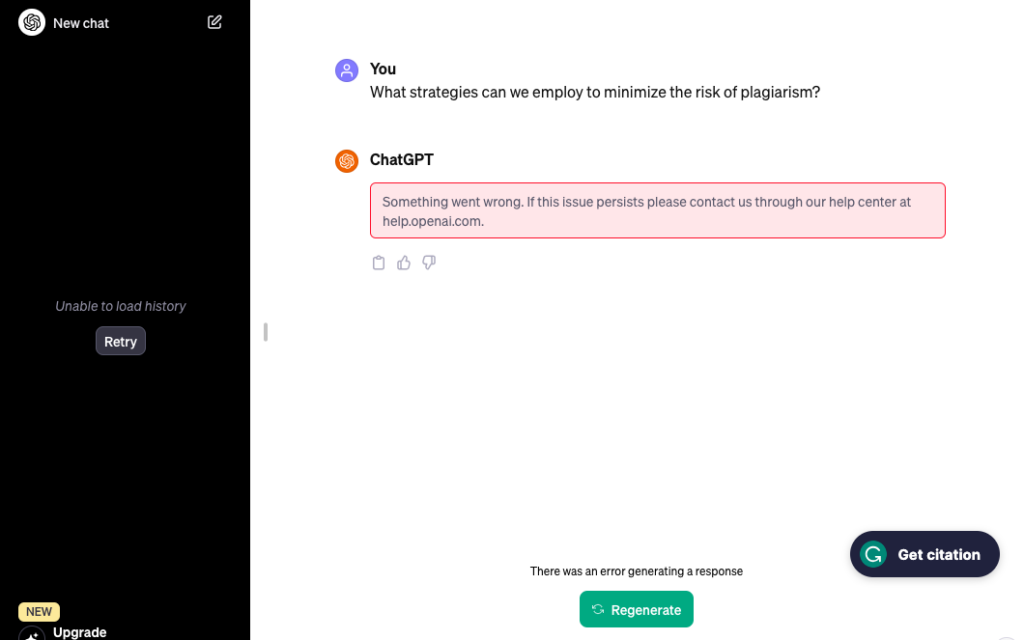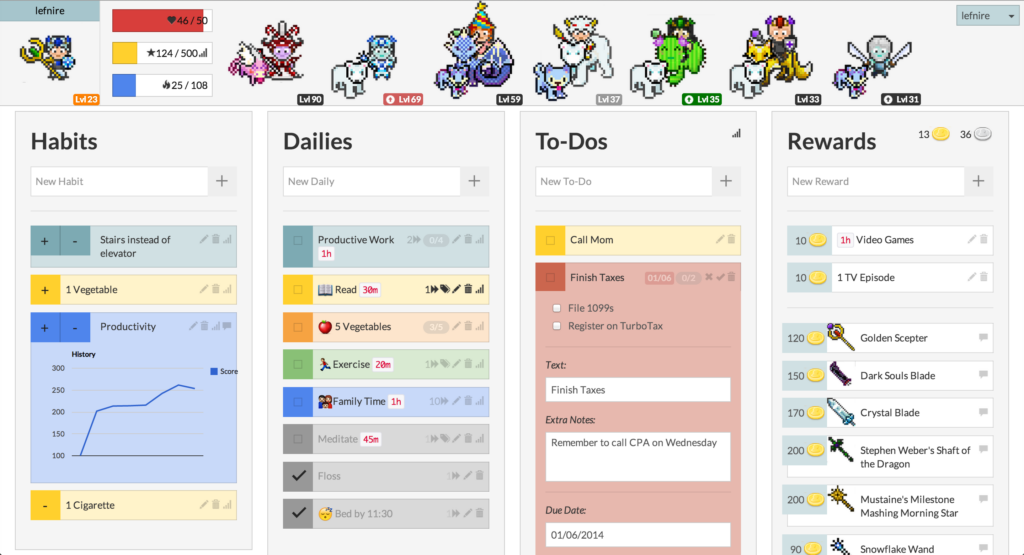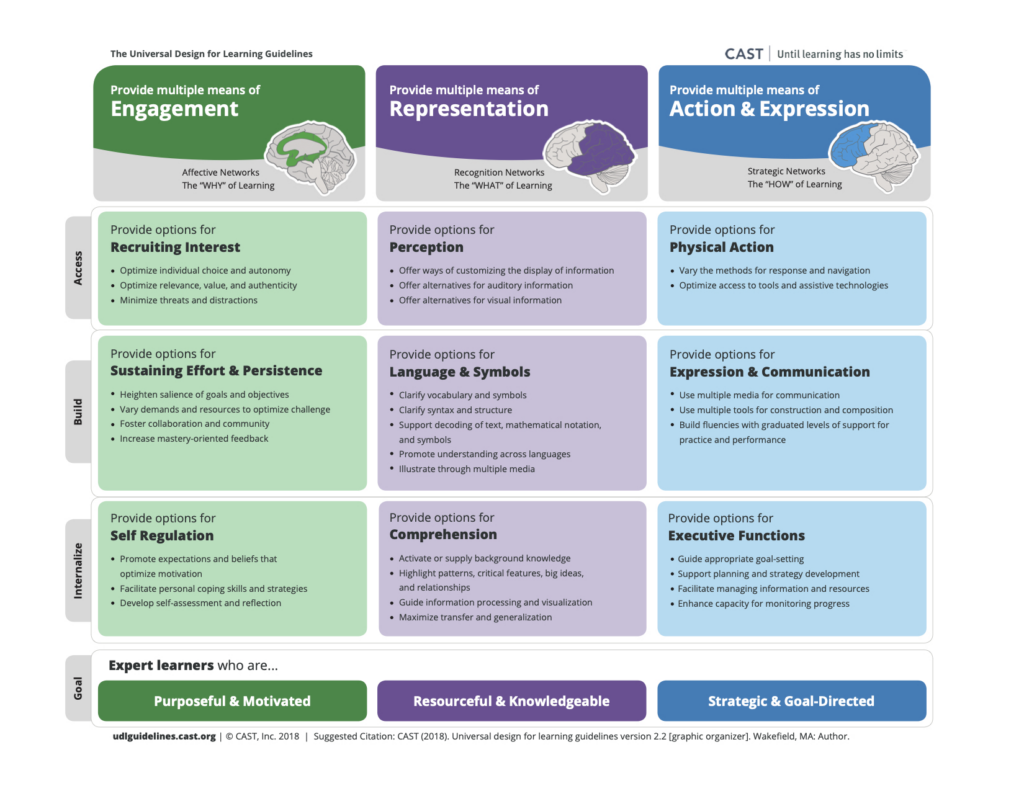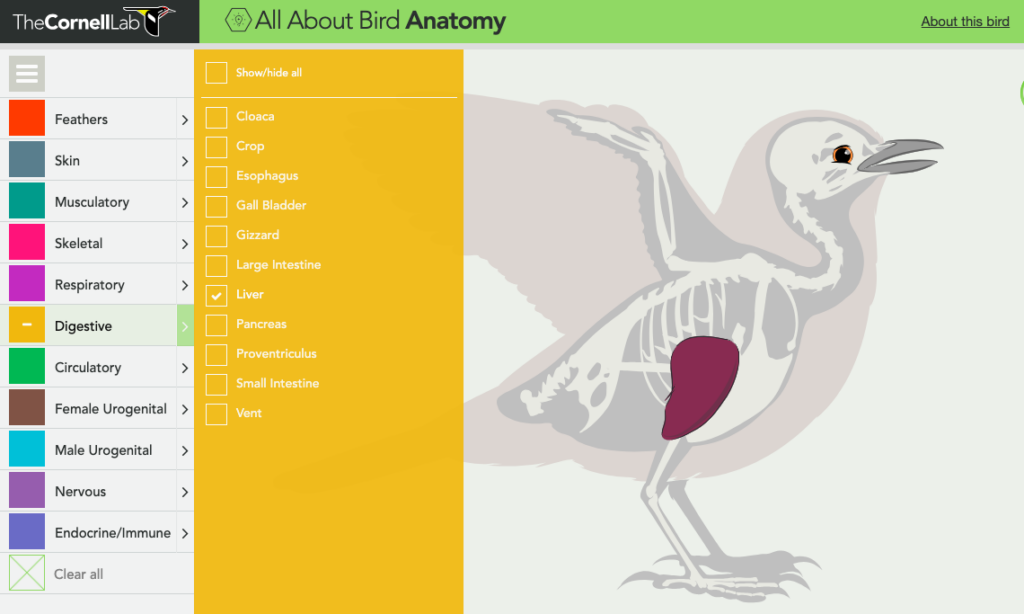The group presentations this week were lots of fun! It was great to see our classmates present and was a learning opportunity for us all. Of course I loved the BandLab video, but I want to reflect on Classroom Screen.

The introduction to the Classroom Screen presentation was awesome. It’s true that most of us won’t have our own classroom for many years. Classroom screen can allow us to personalize part of our teaching experience and bring it with us if we have to switch rooms or even schools. I also loved the randomizer component. A teacher at Royal Bay told me that she uses randomizers all the time to ensure fairness in the classroom. With Classroom screen, this becomes even more accessible!
I could also use classroom screen to set up time limits for tasks or share fun images during attendance or in other situations with students. I found on the website that it has a canvas feature for students to use their creativity. One drawback would be making sure what students add is appropriate for a classroom setting.
I’m curious to know which technologies my classmates will use in their classroom. Let me know in the comments, especially if it’s one that wasn’t mentioned in class!












